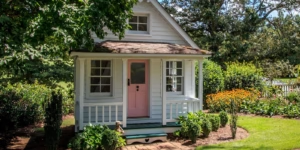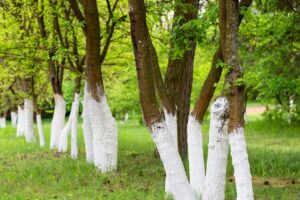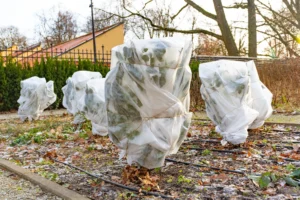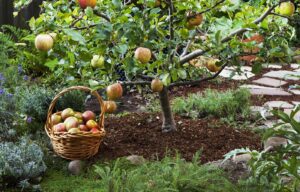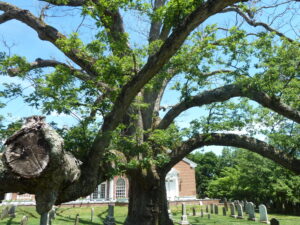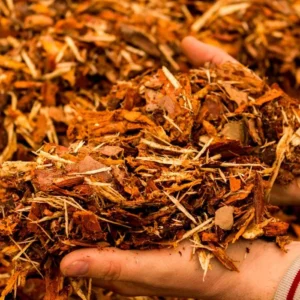Small Evergreen Shrubs for Your Landscape: The Ultimate Guide
Are you looking to enhance your landscape with year-round color and structure? Small evergreen shrubs are the perfect solution for adding consistent beauty to your outdoor space without overwhelming it. These versatile plants maintain their foliage throughout all seasons, providing a reliable foundation for your landscape design while requiring minimal maintenance compared to their deciduous counterparts.
In this comprehensive guide, we’ll explore the best small evergreen shrubs for your landscape, how to select the right ones for your specific needs, and essential care tips to ensure they thrive for years to come.
Why Choose Small Evergreen Shrubs?
Small evergreen shrubs offer numerous benefits that make them invaluable additions to any landscape:
- Year-round visual interest: Unlike deciduous plants that lose their leaves in winter, evergreens maintain their foliage throughout the year, providing constant structure and color.
- Versatility: These shrubs work well as foundation plantings, borders, hedges, specimen plants, or in mixed garden beds.
- Low maintenance: Many small evergreens require minimal pruning and care once established.
- Privacy and windbreaks: Even small varieties can provide screening and protection from wind when strategically placed.
- Increased property value: Well-maintained evergreen landscaping can boost your home’s curb appeal and market value.
According to the USDA Forest Service, evergreen shrubs also provide important ecological benefits, including wildlife habitat, soil stabilization, and carbon sequestration. For more information on the environmental benefits of evergreens, visit the USDA Forest Service website.
Top 10 Small Evergreen Shrubs for US Landscapes
1. Dwarf Mugo Pine (Pinus mugo ‘Pumilio’)
This compact conifer forms a dense, rounded mound of dark green needles that maintains its shape with minimal pruning. Dwarf Mugo Pine typically grows 3-5 feet tall and wide, making it perfect for smaller spaces.
Best for: Rock gardens, foundation plantings, and containers USDA Hardiness Zones: 2-8 Light Requirements: Full sun to partial shade
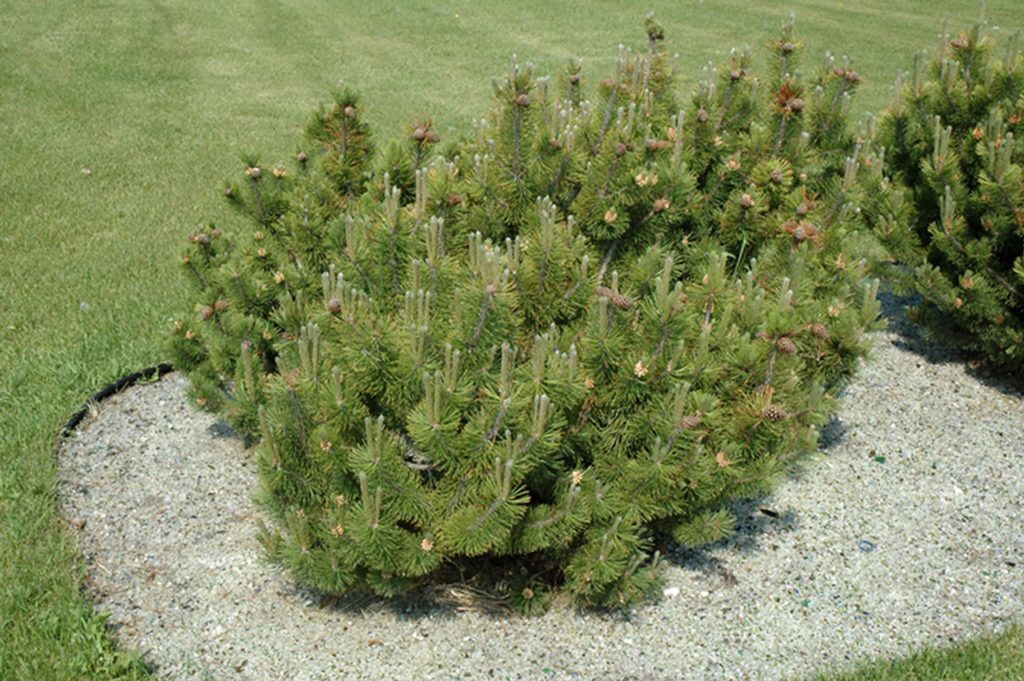
2. Compact Inkberry Holly (Ilex glabra ‘Compacta’)
A native North American evergreen, Compact Inkberry Holly features glossy, dark green foliage and a naturally rounded growth habit. It grows 3-4 feet tall and wide and produces small black berries that attract birds.
Best for: Native gardens, hedges, and wet areas USDA Hardiness Zones: 4-9 Light Requirements: Full sun to partial shade
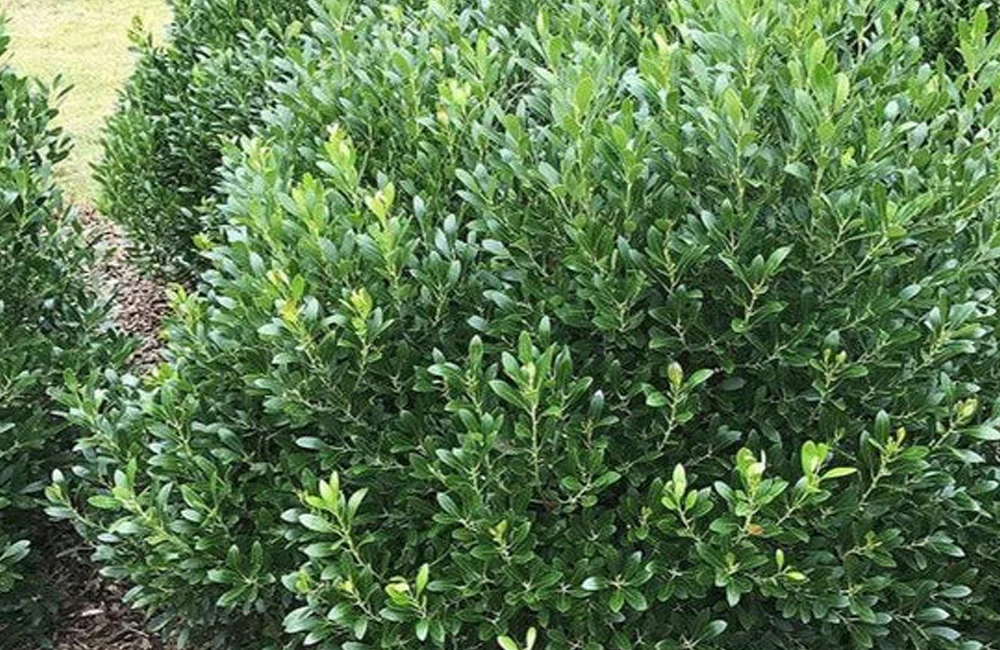
3. Blue Star Juniper (Juniperus squamata ‘Blue Star’)
This striking juniper features silvery-blue foliage that provides exceptional color contrast in the landscape. It grows very slowly, typically reaching only 2-3 feet tall and 3-4 feet wide over many years.
Best for: Rock gardens, borders, and mass plantings USDA Hardiness Zones: 4-8 Light Requirements: Full sun

4. Dwarf Japanese Holly (Ilex crenata ‘Convexa’)
With small, glossy green leaves resembling boxwood, this dense shrub grows 3-4 feet tall and wide. It’s highly adaptable to different soil types and tolerates pruning well, making it excellent for formal gardens.
Best for: Low hedges, topiary, and foundation plantings USDA Hardiness Zones: 5-8 Light Requirements: Full sun to partial shade
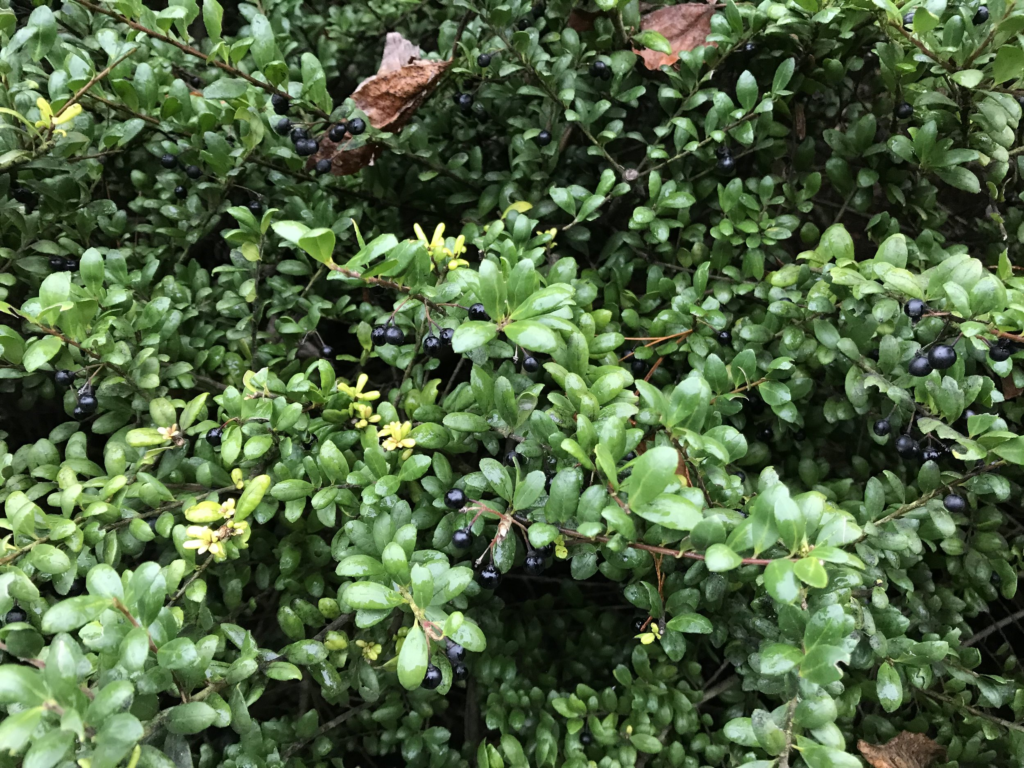
5. Compact Oregon Grape (Mahonia aquifolium ‘Compacta’)
This architectural evergreen features leathery, holly-like foliage that takes on purple hues in winter. It produces bright yellow flowers in spring followed by blue-black berries. The compact variety grows 2-3 feet tall and 3-4 feet wide.
Best for: Woodland gardens, shade plantings, and wildlife gardens USDA Hardiness Zones: 5-9 Light Requirements: Partial to full shade
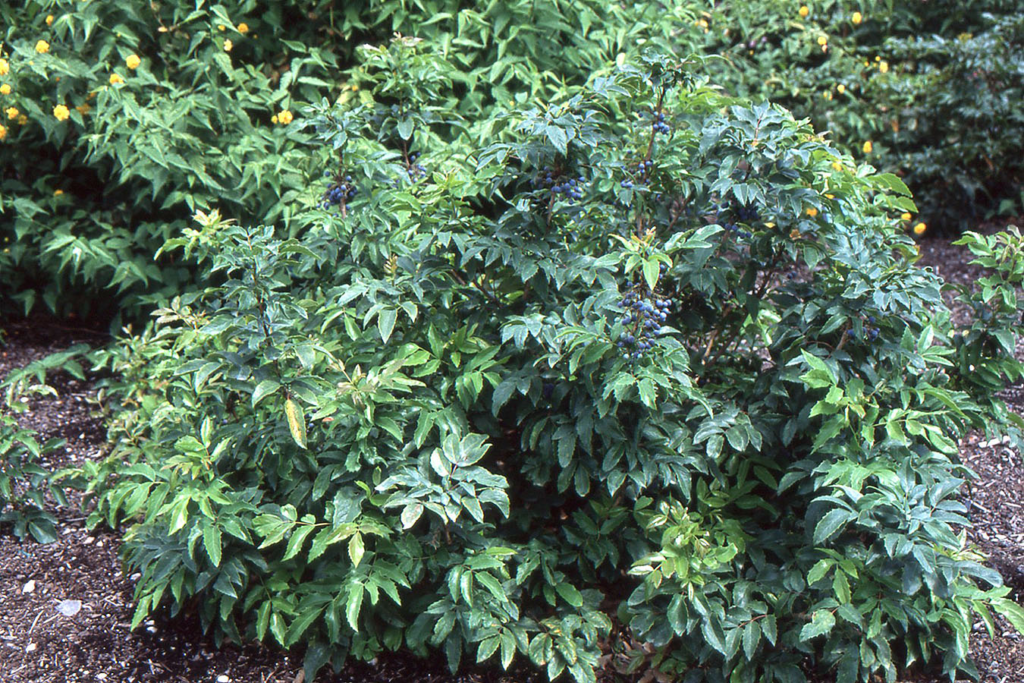
6. Winter Gem Boxwood (Buxus microphylla ‘Winter Gem’)
A versatile small evergreen with dense, bright green foliage that maintains good color throughout winter. It typically grows 2-4 feet tall and wide but can be kept smaller with regular pruning.
Best for: Formal hedges, edging, and containers USDA Hardiness Zones: 5-9 Light Requirements: Full sun to partial shade
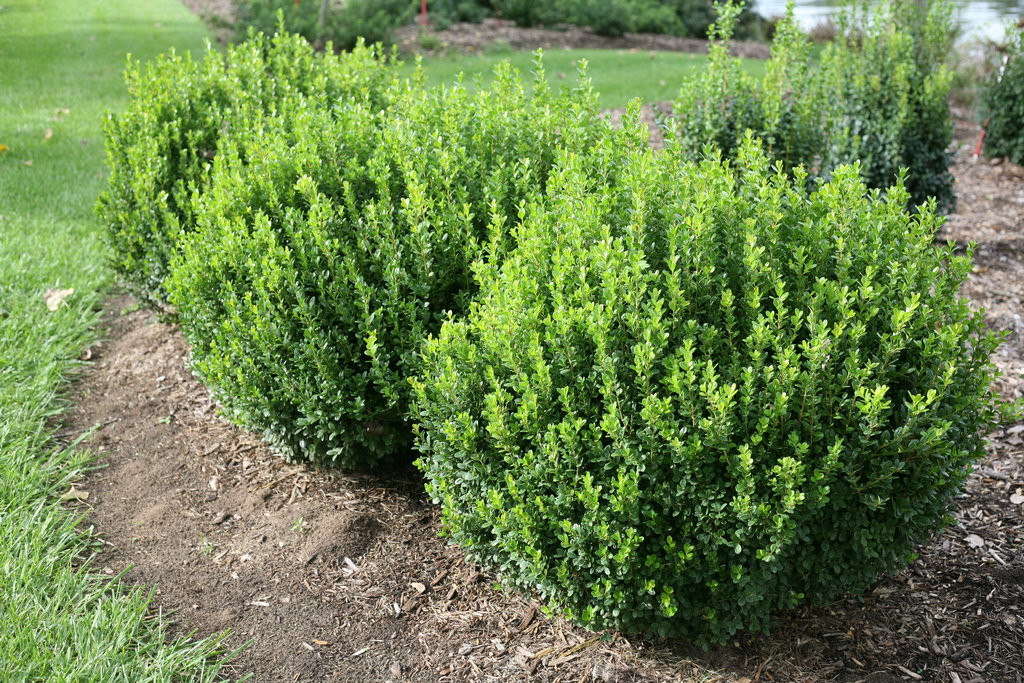
7. Little Heath Pieris (Pieris japonica ‘Little Heath’)
This compact shrub features variegated green and white foliage that turns pink in cold weather. It produces delicate white bell-shaped flowers in early spring. Mature size is typically 2-3 feet tall and wide.
Best for: Woodland gardens, containers, and accent plantings USDA Hardiness Zones: 5-8 Light Requirements: Partial shade
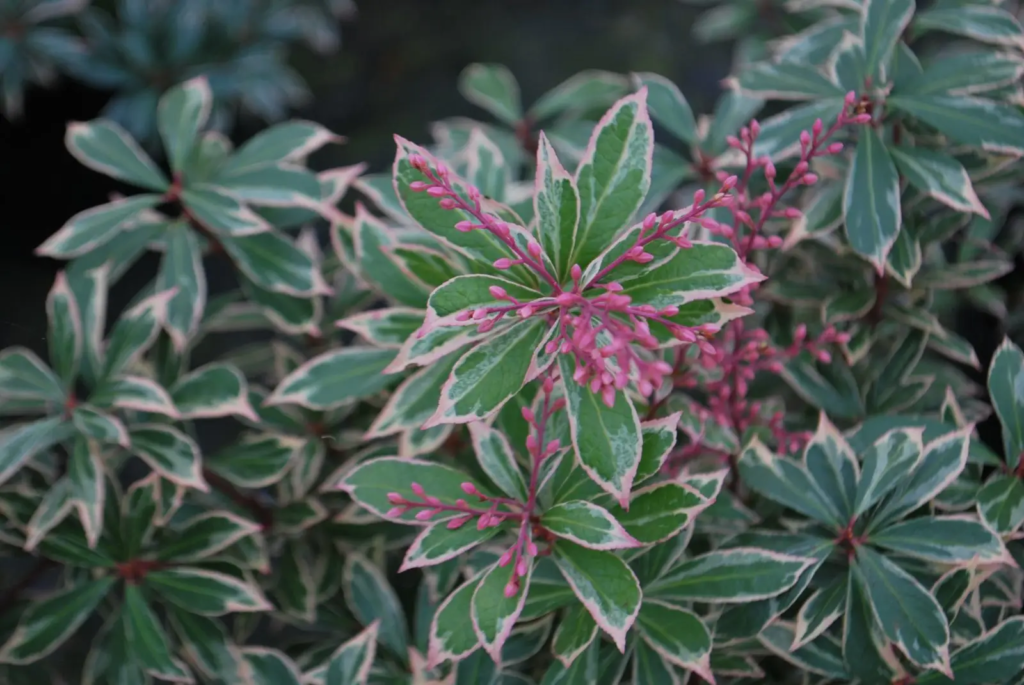
8. Dwarf Mountain Laurel (Kalmia latifolia ‘Minuet’)
This native evergreen produces stunning cup-shaped pink flowers with maroon markings in late spring. The compact form grows 3-4 feet tall and wide with glossy, dark green foliage year-round.
Best for: Woodland gardens, foundation plantings, and mixed borders USDA Hardiness Zones: 4-9 Light Requirements: Partial shade
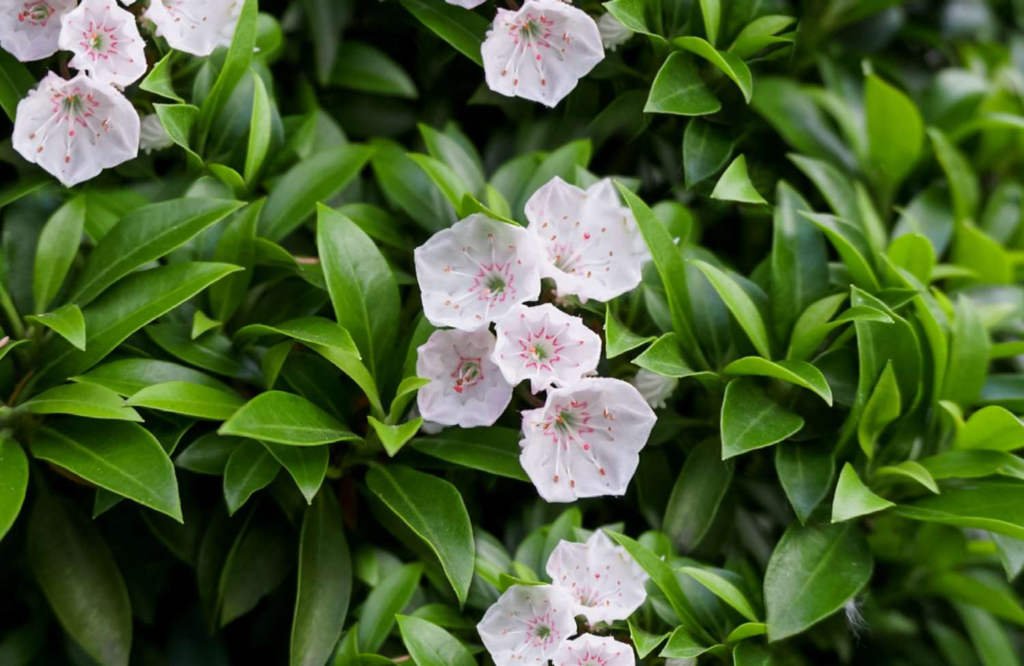
9. Dwarf Hinoki Cypress (Chamaecyparis obtusa ‘Nana Gracilis’)
This slow-growing conifer features fan-like sprays of rich green foliage and develops an interesting irregular form. It typically reaches 3-5 feet tall and 2-3 feet wide over many years.
Best for: Japanese gardens, specimen plantings, and containers USDA Hardiness Zones: 4-8 Light Requirements: Full sun to partial shade
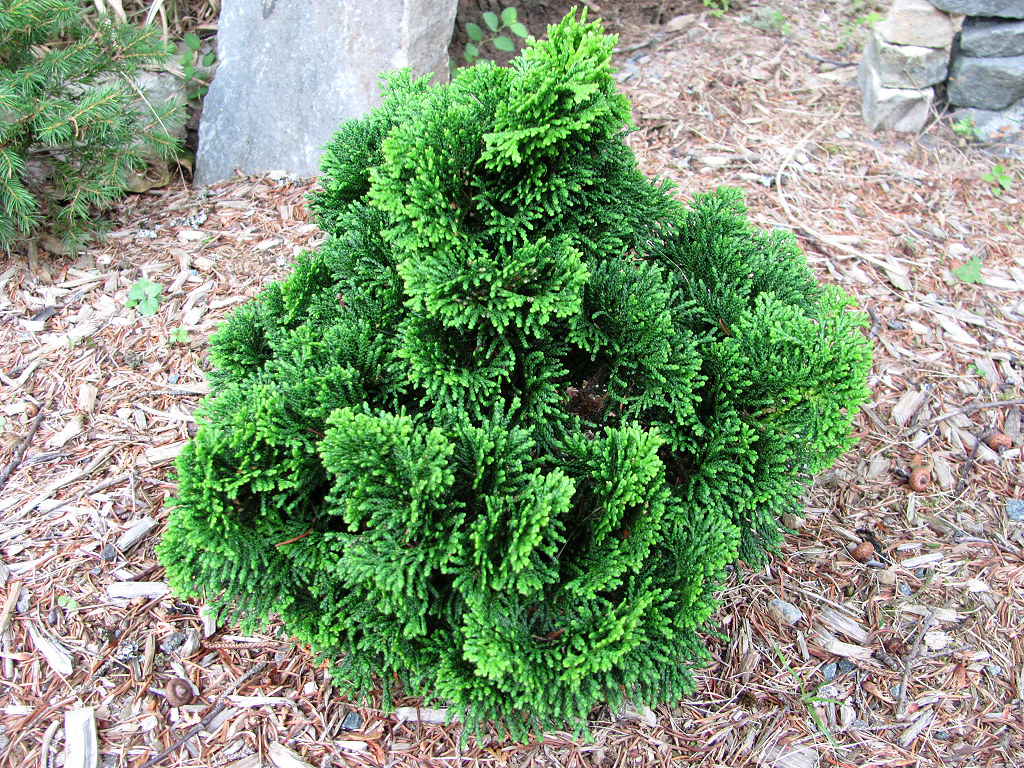
10. Emerald Green Arborvitae (Thuja occidentalis ‘Smaragd’)
Though larger than some others on this list, this narrow columnar evergreen is perfect for smaller spaces where height is desired. It grows 12-15 feet tall but only 3-4 feet wide, maintaining its brilliant green color year-round.
Best for: Privacy screens, vertical accents, and entryways USDA Hardiness Zones: 2-7 Light Requirements: Full sun to partial shade
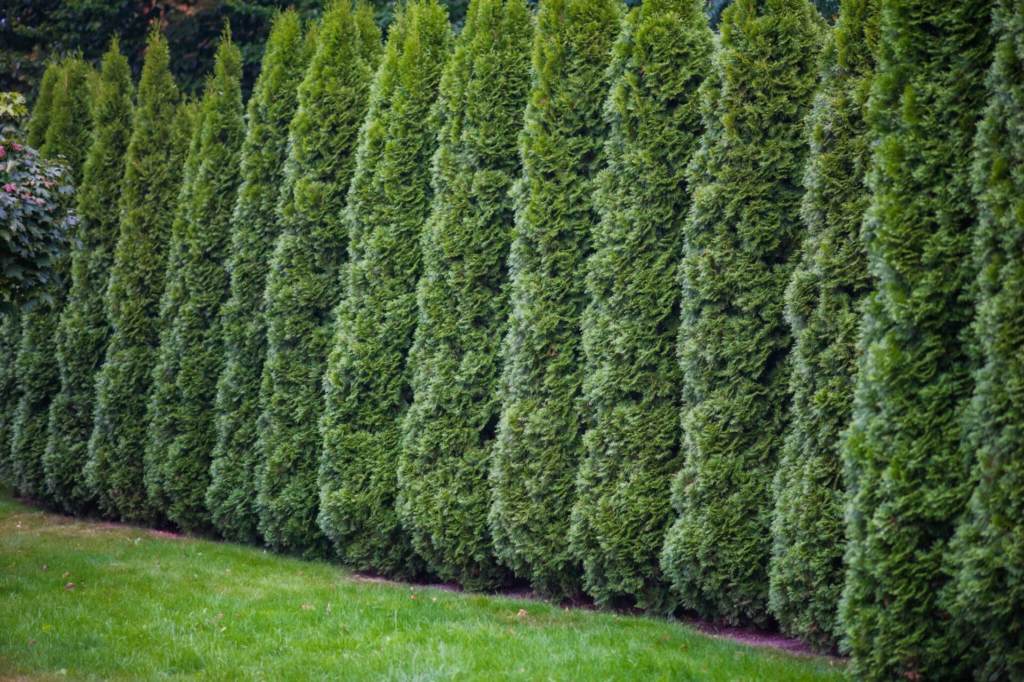
Choosing the Right Small Evergreen Shrubs for Your Landscape
When selecting evergreen shrubs for your landscape, consider these important factors:
Climate Compatibility
The table below provides a quick reference for which of our recommended evergreens perform best in different US climate regions:
| Shrub | Northeast | Southeast | Midwest | Southwest | Northwest |
|---|---|---|---|---|---|
| Dwarf Mugo Pine | Excellent | Poor | Excellent | Fair | Good |
| Compact Inkberry Holly | Excellent | Excellent | Good | Poor | Good |
| Blue Star Juniper | Good | Fair | Excellent | Good | Excellent |
| Dwarf Japanese Holly | Good | Excellent | Fair | Poor | Good |
| Compact Oregon Grape | Fair | Good | Fair | Poor | Excellent |
| Winter Gem Boxwood | Good | Excellent | Fair | Poor | Good |
| Little Heath Pieris | Good | Good | Fair | Poor | Excellent |
| Dwarf Mountain Laurel | Excellent | Good | Fair | Poor | Good |
| Dwarf Hinoki Cypress | Good | Fair | Good | Poor | Excellent |
| Emerald Green Arborvitae | Excellent | Fair | Excellent | Poor | Good |
Growing Conditions
Beyond regional climate, consider your specific growing conditions:
- Soil type: Most evergreens prefer well-draining soil, but some, like Inkberry Holly, tolerate wet conditions.
- Sun exposure: Match plants to the light conditions in your landscape.
- Space constraints: Consider mature size when placing evergreens to avoid overcrowding.
- Microclimate factors: Areas protected from winter winds or afternoon sun may support plants outside their typical hardiness range.
The Environmental Protection Agency provides valuable information about plant hardiness zones and how they’re shifting due to climate change. You can find their resources at EPA’s Climate Change Indicators.
Planting and Care Tips for Small Evergreen Shrubs
Planting Best Practices
For the best results with your small evergreen shrubs:
- Plant at the right time: Early fall is ideal for most evergreens, allowing them to establish roots before winter.
- Dig an appropriate hole: Make it twice as wide as the root ball but no deeper.
- Check drainage: Ensure water drains from the planting hole within a few hours.
- Plant at the correct depth: The top of the root ball should be slightly above soil level.
- Water thoroughly: After planting, water deeply to eliminate air pockets around roots.
- Apply mulch: Add 2-3 inches of mulch around the plant, keeping it away from the stems.
Ongoing Maintenance
Most small evergreens require minimal maintenance once established, but following these guidelines will help them thrive:
Watering
- Newly planted shrubs: Water deeply once or twice weekly during the first growing season.
- Established plants: Most need supplemental water only during extended drought.
- Winter watering: Water evergreens before the ground freezes to prevent winter desiccation.
Fertilizing
- Apply a balanced, slow-release fertilizer formulated for evergreens in early spring.
- Avoid fertilizing after mid-summer, which can stimulate tender growth vulnerable to winter damage.
Pruning
- Light pruning to maintain shape is best done in late winter or early spring before new growth begins.
- Remove any dead, damaged, or diseased branches promptly.
- Avoid severe pruning, as many evergreens won’t regenerate from old wood.
Landscaping Ideas with Small Evergreen Shrubs
Here are some creative ways to incorporate small evergreen shrubs into your landscape design:
Foundation Plantings
Create a tiered effect by placing taller varieties like Emerald Green Arborvitae at the back, mid-sized shrubs like Dwarf Mugo Pine in the middle, and lower-growing options like Blue Star Juniper at the front. This approach provides year-round structure while framing your home beautifully.
Mixed Borders
Combine different types of evergreens with varying textures, forms, and colors for interest throughout the year. For example, pair the fine texture of Dwarf Hinoki Cypress with the broader leaves of Mountain Laurel and the variegated foliage of Little Heath Pieris.
Winter Interest Gardens
Focus on evergreens that provide special winter features, such as the purple winter foliage of Compact Oregon Grape, the bronze tints of some Japanese Holly varieties, or the bright berries of Inkberry Holly.
Low-Maintenance Slopes
Prevent erosion and reduce mowing on slopes by planting a mix of spreading evergreens like Blue Star Juniper and Compact Oregon Grape, which will stabilize the soil while providing year-round interest.
Wildlife-Friendly Plantings
Create habitat and food sources for local wildlife by including native evergreens like Dwarf Mountain Laurel and Compact Inkberry Holly, which support local pollinators and birds.
Common Problems and Solutions
Even low-maintenance evergreens can experience issues. Here are some common problems and how to address them:
Winter Burn
Symptoms: Brown or scorched-looking foliage, especially on the side facing prevailing winds. Solution: Plant sensitive evergreens in protected locations, apply anti-desiccant sprays in late fall, and ensure plants receive adequate water before the ground freezes.
Root Rot
Symptoms: Yellowing foliage, wilting, and general decline despite adequate watering. Solution: Ensure proper drainage when planting and avoid overwatering. For established plants with root rot, improve drainage around the plant if possible.
Pest Infestations
Symptoms: Discolored foliage, visible insects, sticky residue, or webbing. Solution: Identify the specific pest and use appropriate control methods, which might include horticultural oils, insecticidal soaps, or beneficial insects.
According to the National Association of Landscape Professionals, prevention is the best approach to evergreen shrub problems. Regular inspection and early intervention can prevent minor issues from becoming serious problems.
Conclusion
Small evergreen shrubs offer remarkable versatility, beauty, and functionality for your landscape. By selecting appropriate varieties for your specific conditions and following proper planting and care practices, you can enjoy these low-maintenance plants for many years to come.
Whether you’re looking to enhance your home’s curb appeal, create definition in your garden spaces, or simply add year-round interest to your landscape, the right selection of small evergreen shrubs can transform your outdoor environment.
Remember to consider your local climate, soil conditions, and specific landscape needs when choosing from the wonderful variety of small evergreen shrubs available. With proper care, these resilient plants will reward you with beautiful structure, color, and texture through every season of the year.
For additional resources on selecting native evergreen shrubs appropriate for your specific region, the National Wildlife Federation offers valuable guidance at their Native Plant Finder.

